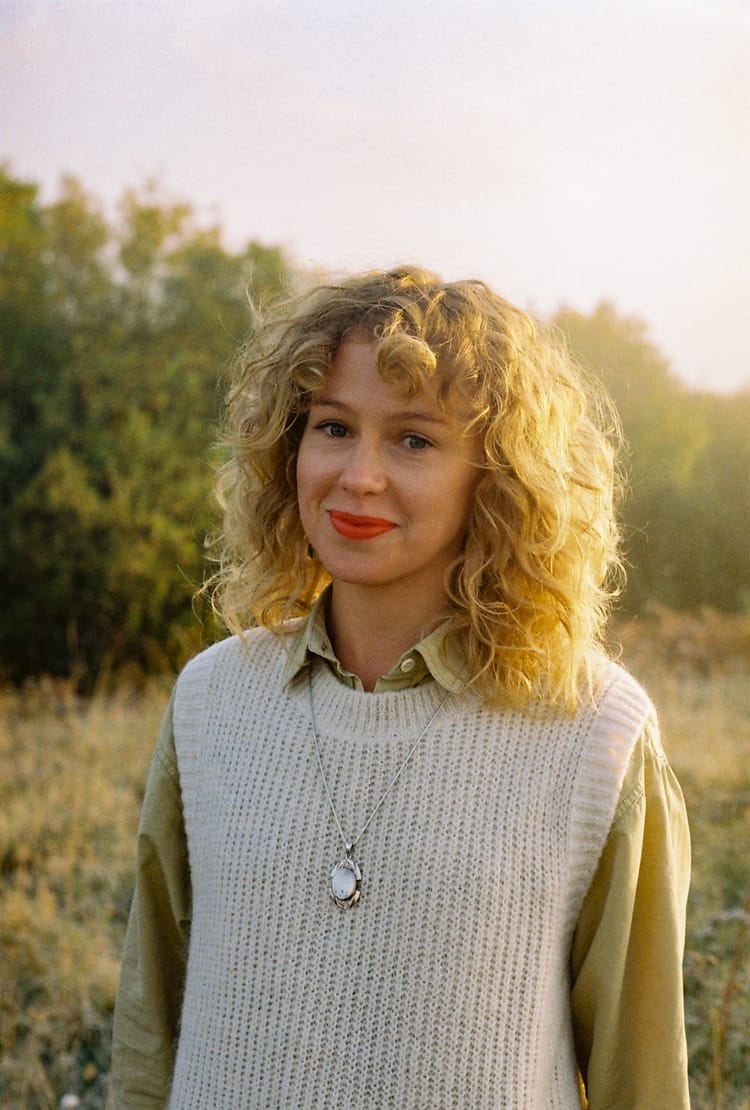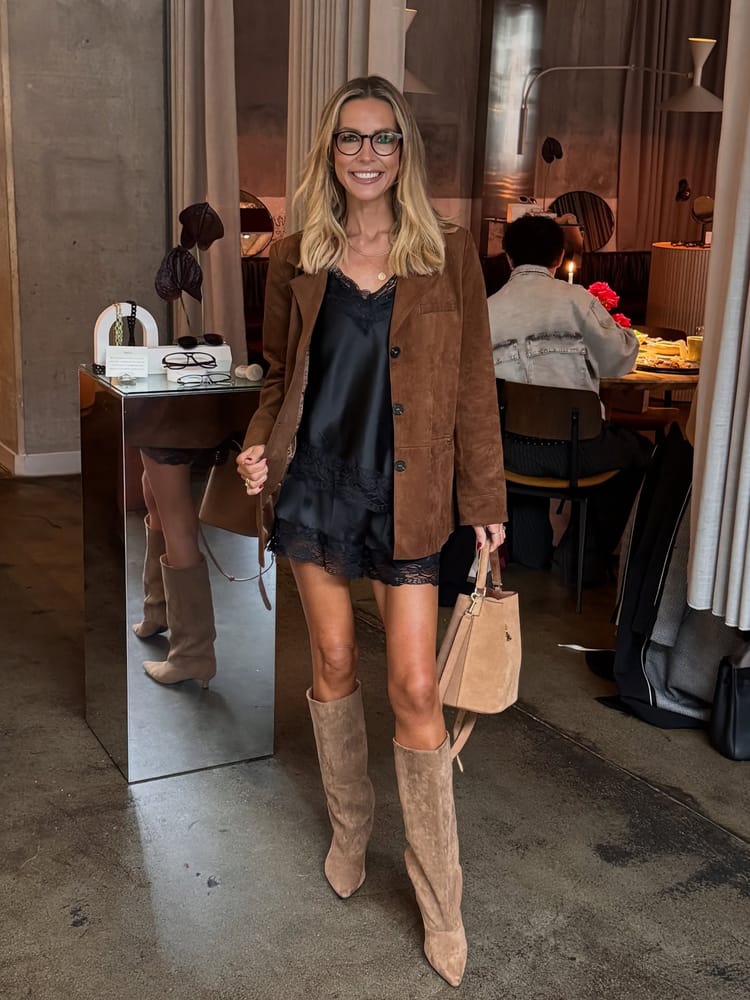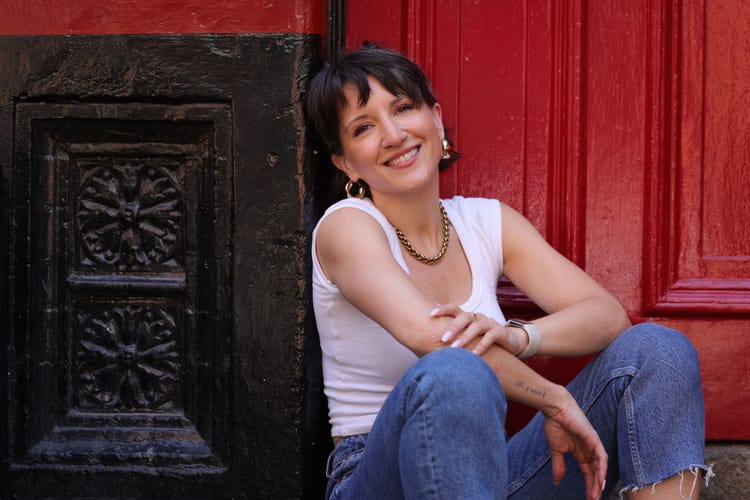The Landscape Remembers: Elaine Feeney on How Athenry’s History Inspired Her Latest Novel
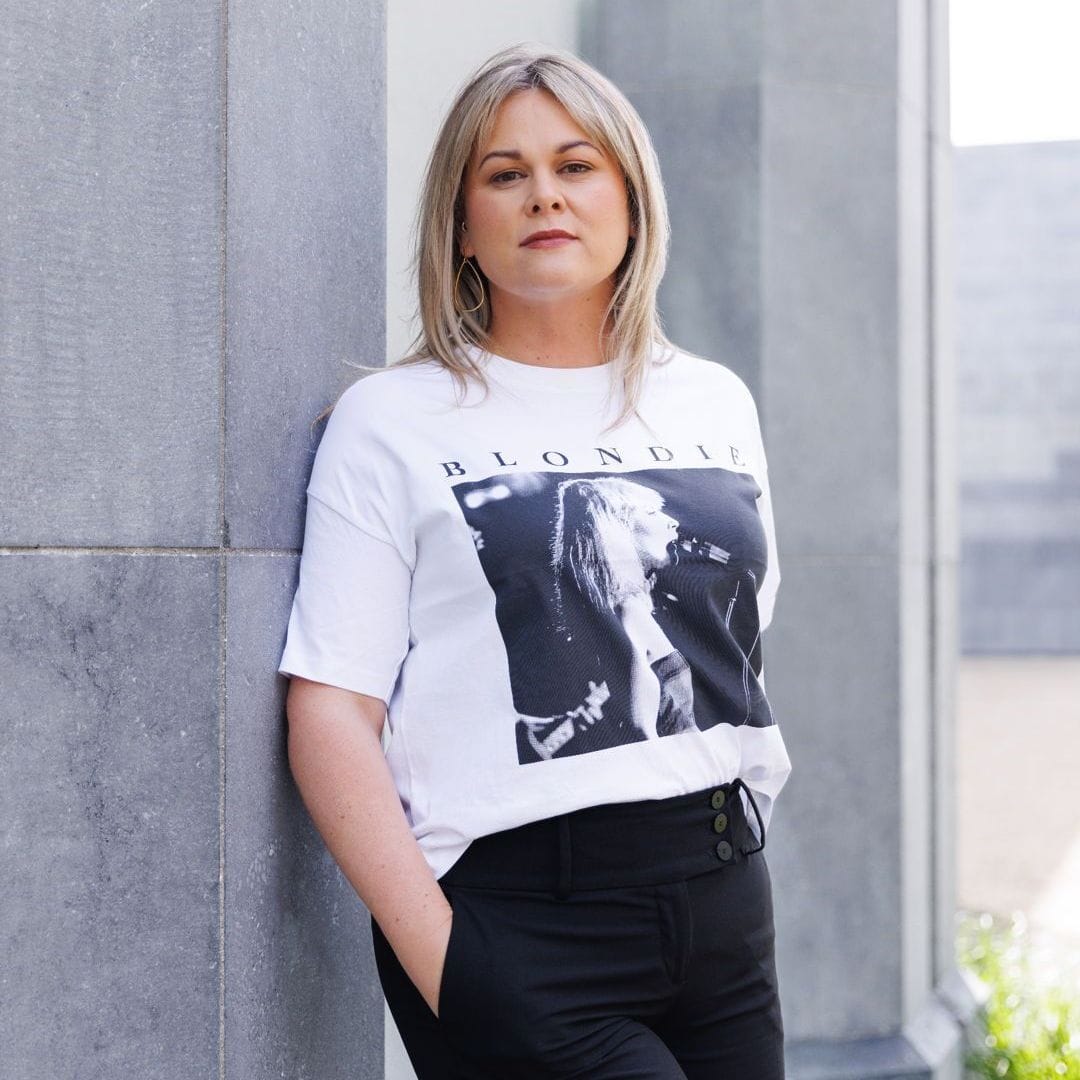
Let Me Go Mad in My Own Way is my third novel set in Galway, and this time the story is anchored in the landscape and old houses of Athenry, where I live.
For a long time, I avoided writing about place. My early poetry leaned toward the political, often ignoring what was outside my window. Maybe I was afraid, or maybe I thought writing about where I came from wasn’t something I wanted to unearth. But these days, the West of Ireland is everywhere in my work – the low, wet fields, the tin roofs, the dry stone walls that have held up through generations.
I am fascinated by these abandoned cottages scattered like bones across the countryside.
This novel follows three generations of the O’Connor family in a fictional place outside Athenry, called Mountain Ellen. It also follows three houses, three siblings, three timelines. It delves into the shadow of the ‘big house’, our relationship with England, the stories and secrets from a 1920s cottage, and the 1970s bungalow. Claire, who has been living in London leaves her lover, Tom, and returns to Athenry in 2022 to care for her dying father. After his death, she moves into the bungalow, beside the old cottage – an empty, collapsing structure that begins to unsettle her. She can’t quite bring herself to go inside for some time, and the past floods back, and stories are revealed that haven’t let her go.

I am fascinated by these abandoned cottages scattered like bones across the countryside. I walk past two near my own home every day. My grandfather was born in one, and he and my grandmother raised their family in the other. I often wonder who else lived in these homes when I drive by them, what their lives were like, the hardship, and where the people went.
The landscape is dotted with their rusted roofs and ivy-covered walls and they speak of a way of life that disappeared quietly. Some are still used for storing turf or hay. Others are left to the elements. But very few are torn down. There’s something unspoken in that – a kind of respect, or reluctance, maybe both. I find them beautiful in their decay, but also sad.
The 1970s bungalows changed how we lived; they were more private, more
compartmentalised. Gone were the big open kitchens at the heart of the home. I think a lot about that shift, and how it mirrored bigger changes in rural life.
Not far from here is Castle Ellen House, the “big house” built for the Lambert family in the 1800s. Edward Carson’s mother was born there. He spent summers on the estate – an unimaginable luxury to most people I knew growing up. We summered in the bog or the back garden. The contrast between that life and my family’s – between servant bells and outhouses – is stark. And it stayed with me.
That’s where this novel came from: a long-held curiosity about class, inheritance, and how memory lingers in both places and people. Claire’s story is personal, but it’s also about the stories we inherit – what we carry, what we ignore, and what we pass on. It’s about the quiet persistence of the past, and the strange comfort in ruins, what we choose to leave standing, and why?
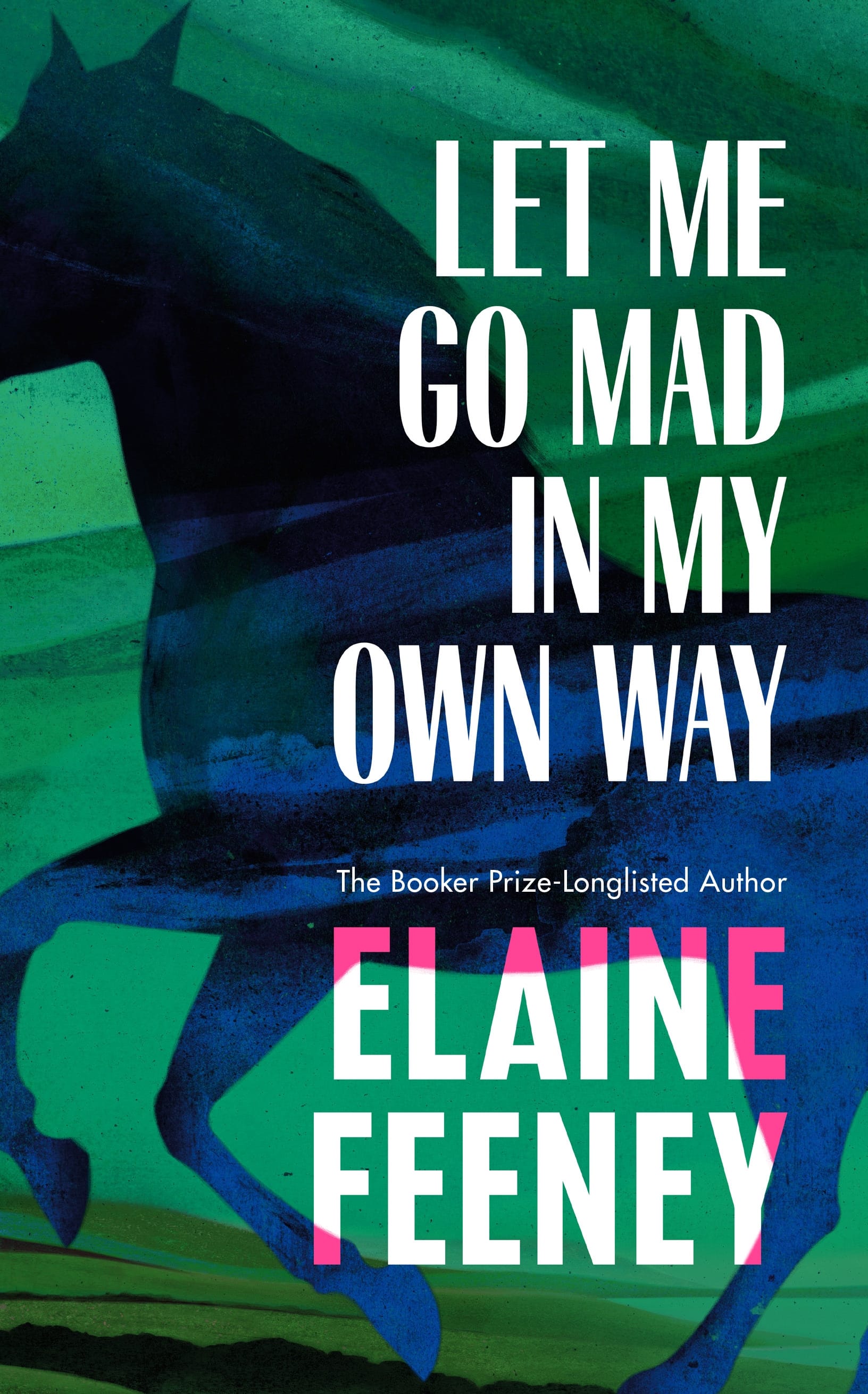
Main portrait by Julia Dunin.
Delivered straight to your inbox every month.

